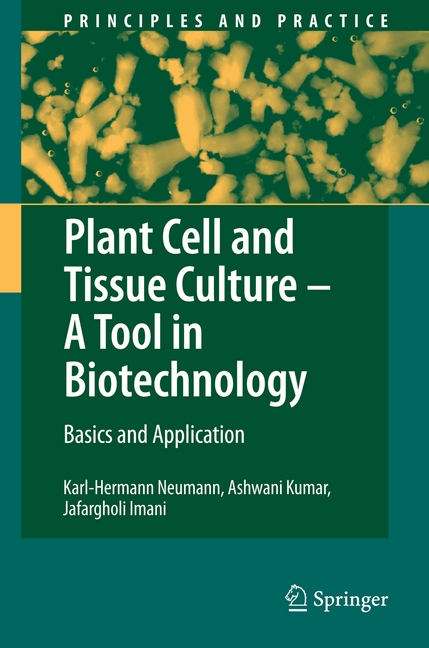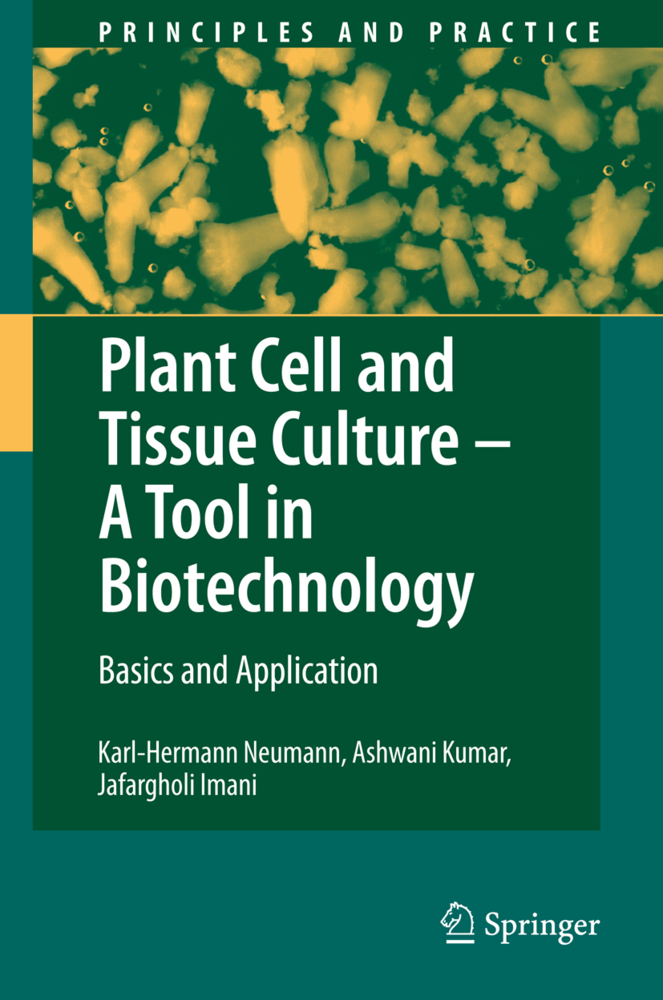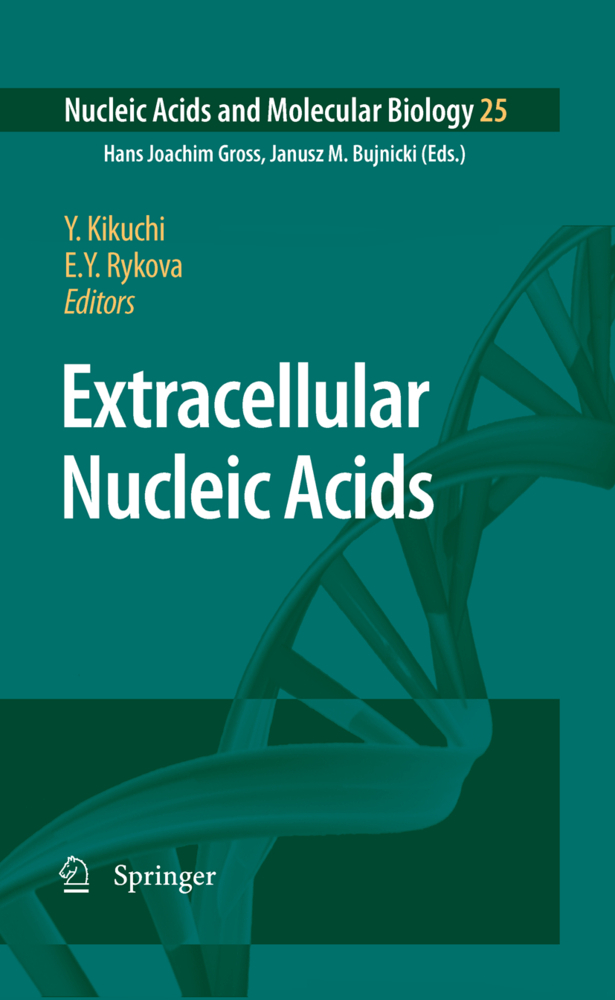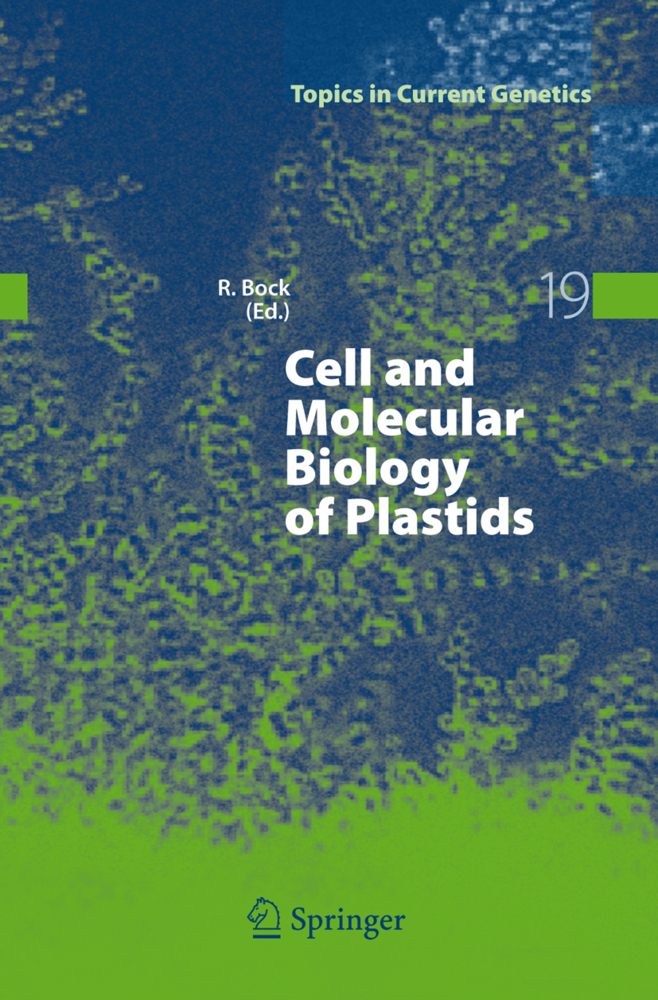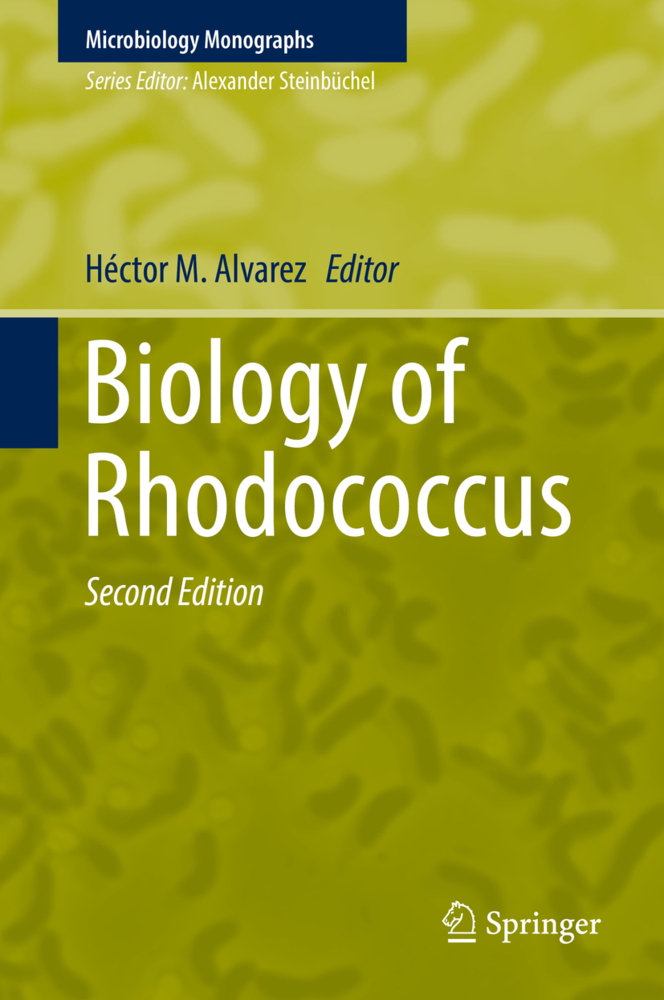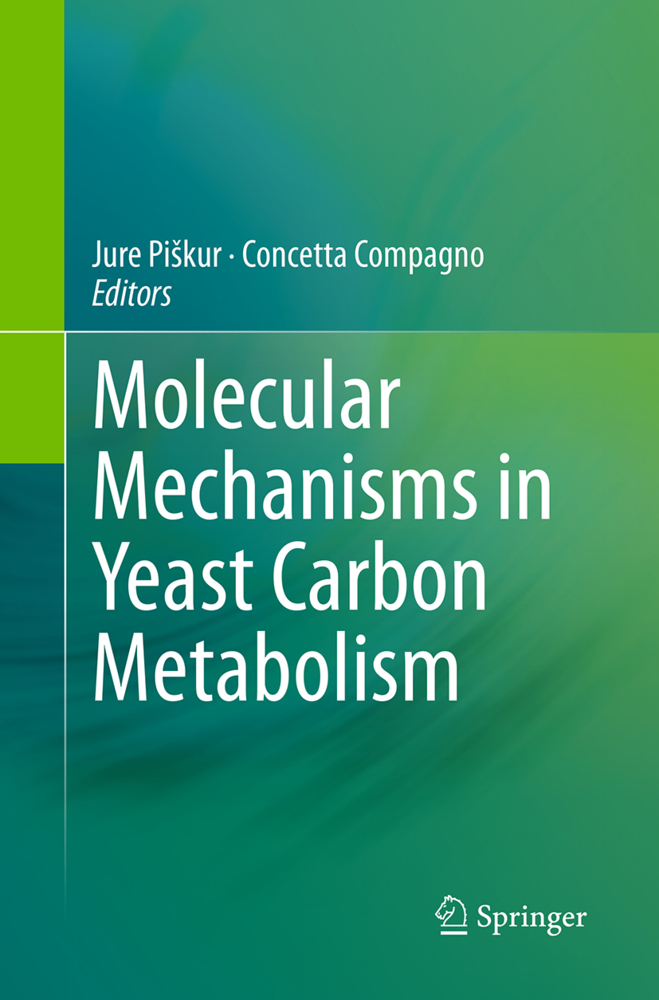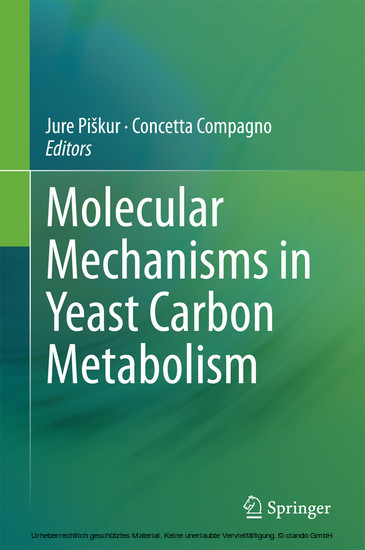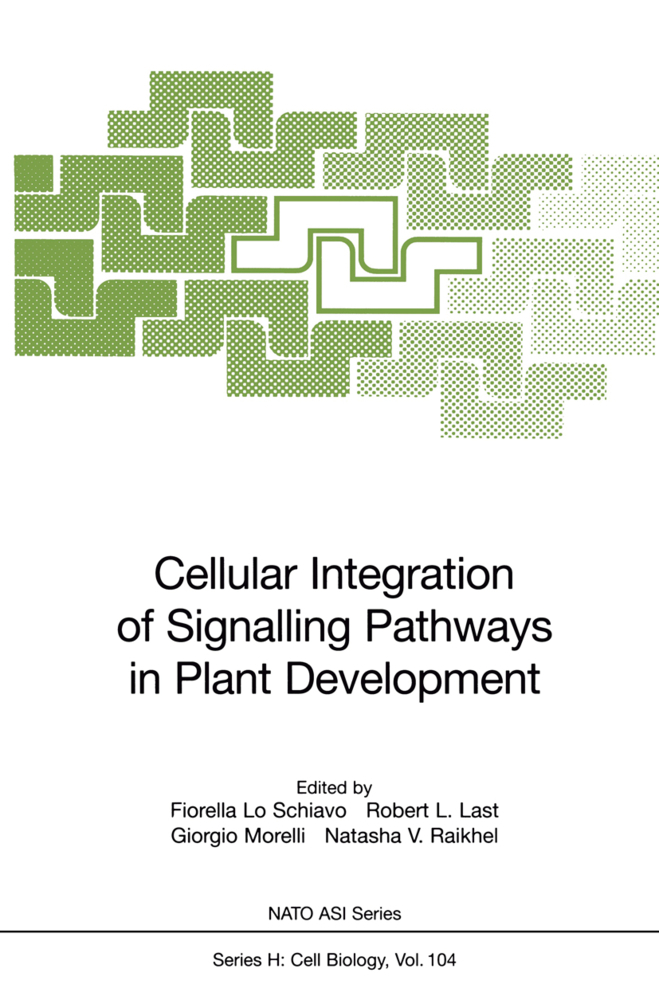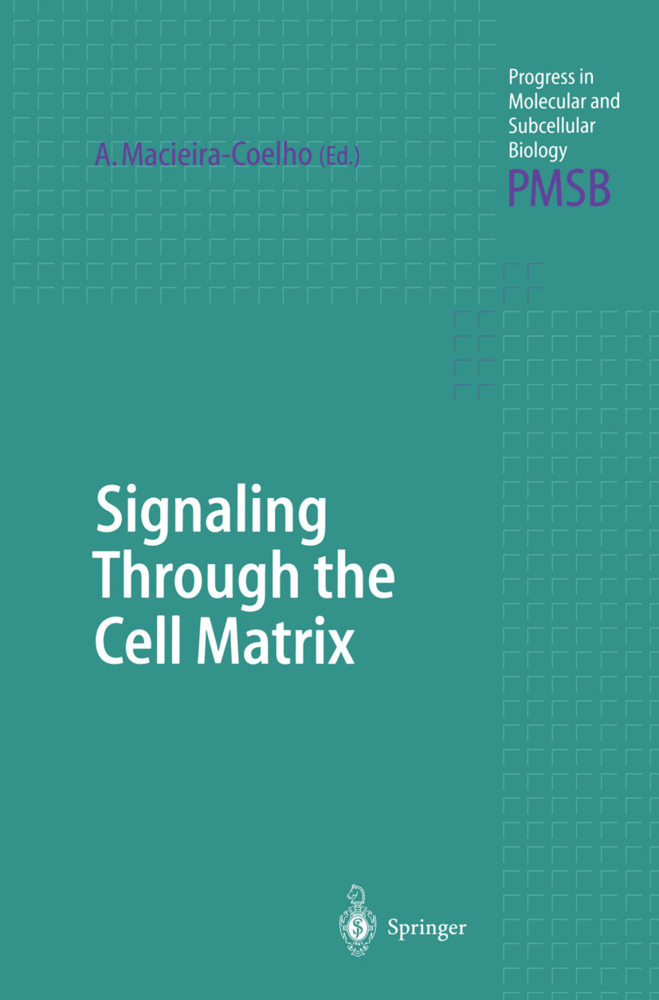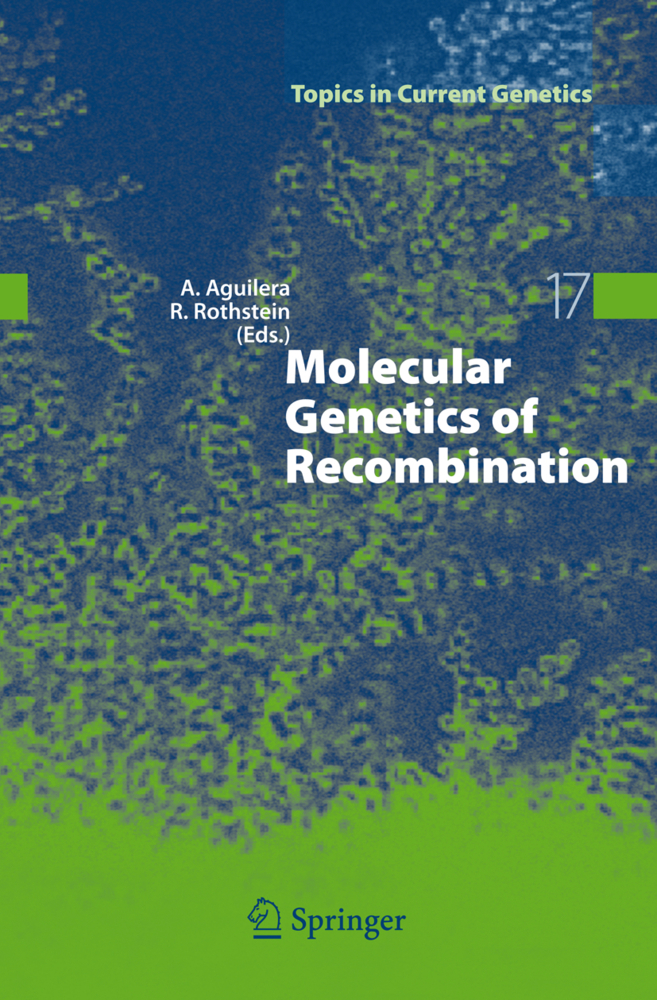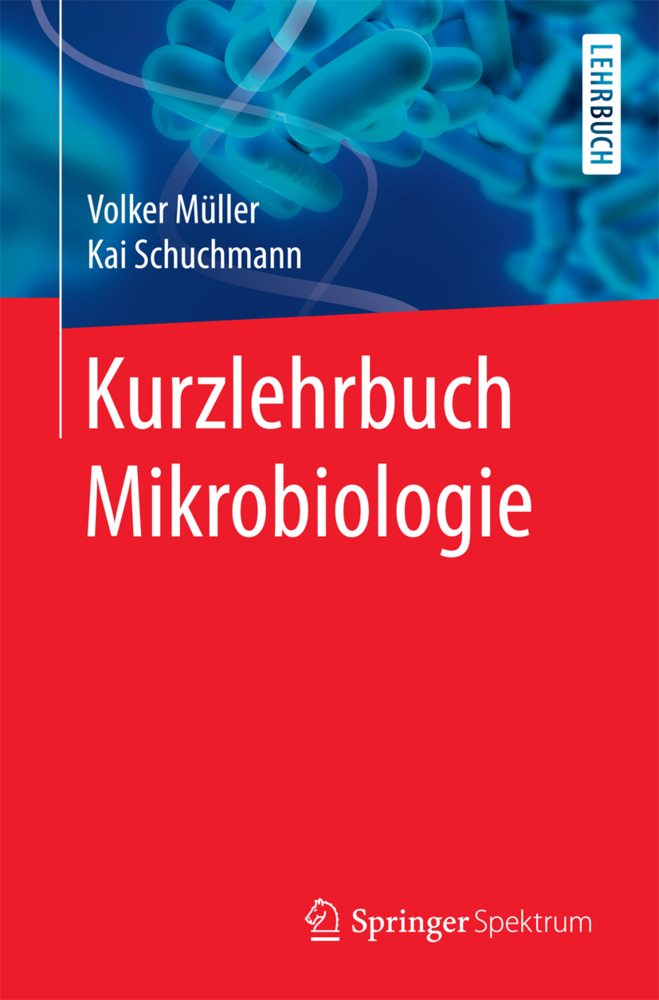Plant Cell and Tissue Culture - A Tool in Biotechnology
Basics and Application
From the contents: Historical Developments of Cell and Tissue Culture Techniques.- Callus Cultures.- Cell Suspension Cultures.- Protoplast Cultures.- Haploid Techniques.- Plant Propagation-Meristem Cultures,Somatic Embryogenesis.- Some Endogenous and Exogenous Factors in Cell Culture Systems.- Primary Metabolism.- Secondary Metabolism.- Phytohormones and Growth Regulators.- Cell Division, Cell Growth, Cell Differentiation.- Genetic Problems and Gene Technology.- Summary of Some Physiological Aspects in the Development of Plant Cell and Tissue Culture.- Summary: Applications of Plant Cell and Tissue Culture Systems.
1 Introduction 2 Historical Developments of Cell and Tissue Culture Techniques 3 Callus Cultures 3.1 Establishment of a Primary Culture from Explants of the Secondary Phloem of the Carrot Root 3.2 Fermenter Cultures 3.3 Immobilized Cell Cultures 3.4 Nutrient Media 3.5 Evaluation of Experiments 3.6 Maintenance of Strains, Cryopreservation 3.7 Some Physiological, Biochemical, and Histological Aspects 4 Cell Suspension Cultures 4.1 Methods to Establish a Cell Suspension 4.2 Cell Population Dynamics 5 Protoplast Cultures 5.1 Production of Protoplasts 5.2 Protoplast Fusion 6 Haploid Techniques 6.1 Application Possibilities 6.2 Physiological and Histological Background 6.3 Methods for Practical Application 6.4 Haploid Plants 7 Plant Propagation-Meristem Cultures, Somatic Embryogenesis 7.1 General Remarks, and Meristem Cultures 7.2 Protocols of Some Propagation Systems 7.2.1 In Vitro Propagation of Cymbidium 7.2.2 Meristem Cultures of Raspberries 7.2.3 In Vitro Propagation of Anthurium 7.3 Somatic Embryogenesis 7.3.1 Basics of Somatic Embryogenesis 7.3.2 Ontogenesis of Competent Cells 7.3.3 Genetic Aspects-DNA Organization 7.3.4 The Phytohormone System 7.3.5 The Protein System 7.3.6 Cell Cycle Studies 7.4 Practical Application of Somatic Embryogenesis 7.5 Artificial Seeds 7.6 Embryo Rescue 8 Some Endogenous and Exogenous Factors in Cell Culture Systems 8.1 Endogenous Factors 8.1.1 Genetic Influences 8.1.2 Physiological Status of 'Mother Tissue' 8.1.3 Growth Conditions of the 'Mother Plant' 8.2 Exogenous Factors 8.2.1 Growth Regulators 8.2.2 Nutritional Factors 8.2.2.1 Improvement of Nutrient Uptake by Transgenic Carrot Cultures 8.3 Physical Factors 9 Primary Metabolism 9.1 Carbon Metabolism 9.2Nitrogen Metabolism 10 Secondary Metabolism 10.1 Introduction 10.2 Mechanism of Production of Secondary Metabolites 10.3 Historical Background 10.4 Plant Cell Cultures and Pharmaceuticals, and Other Biologically Active Compounds 10.4.1 Antitumor Compounds 10.4.2 Anthocyanin Production 10.5 Strategies for Improvement of Metabolite Production 10.5.1 Addition of Precursors, and Biotransformations 10.5.2 Immobilization of Cells 10.5.3 Differentiation and Secondary Metabolite Production 10.5.4 Elicitation 10.5.4.1 Jasmonic Acid 10.5.4.2 Effect of UV on Production of Secondary Metabolites in Cultured Tissues 10.6 Organ Cultures 10.6.1 Shoot Cultures 10.6.2 Root Cultures 10.7 Genetic Engineering of Secondary Metabolites 10.8 Membrane Transport and Accumulation of Secondary Metabolites 10.9 Bioreactors 10.9.1 Technical Aspects of Bioreactor Systems 10.10 Prospects 11 Phytohormones and Growth Regulators 12 Cell Division, Cell Growth, Cell Differentiation 13 Genetic Problems and Gene Technology 13.1 Somaclonal Variations 13.1.1 Ploidy Stability 13.1.2 Some More Somaclonal Variations 13.2 Gene Technology 13.2.1 Transformation Techniques 13.2.1.1 Direct Gene Transfer 13.2.1.2 Agrobacterium-Mediated Gene Transformation 13.2.2 Selectable Marker Genes 13.2.2.1 Reporter Genes 13.2.2.2 Variants of GFP 13.2.3 ß-Glucuronidase (GUS) 13.2.3.1 Procedures for Assay of GUS Gene Expression 13.2.4 Antibiotics Resistance Genes 13.2.5 Elimination of Marker Genes 13.2.5.1 Cre-lox Recombination-Based Systems 13.2.5.2 Ac/Ds System 13.2.5.3 Double Cassette System 13.2.6 Agrobacterium-Mediated Transformation in Dicotyledonous Plants 13.2.6.1 Transgenic Carrot: Potential Source of Edible Vaccines 13.2.6.2 Cell Culture and Transformation Procedures 13.2.6.3 Uses of Transgenes to Increase Host Plant
Neumann, Karl-Hermann
Kumar, Ashwani
Imani, Jafargholi
| ISBN | 9783540938828 |
|---|---|
| Artikelnummer | 9783540938828 |
| Medientyp | Buch |
| Copyrightjahr | 2009 |
| Verlag | Springer, Berlin |
| Umfang | 333 Seiten |
| Abbildungen | 153 SW-Abb., 63 Tabellen |
| Sprache | Englisch |

